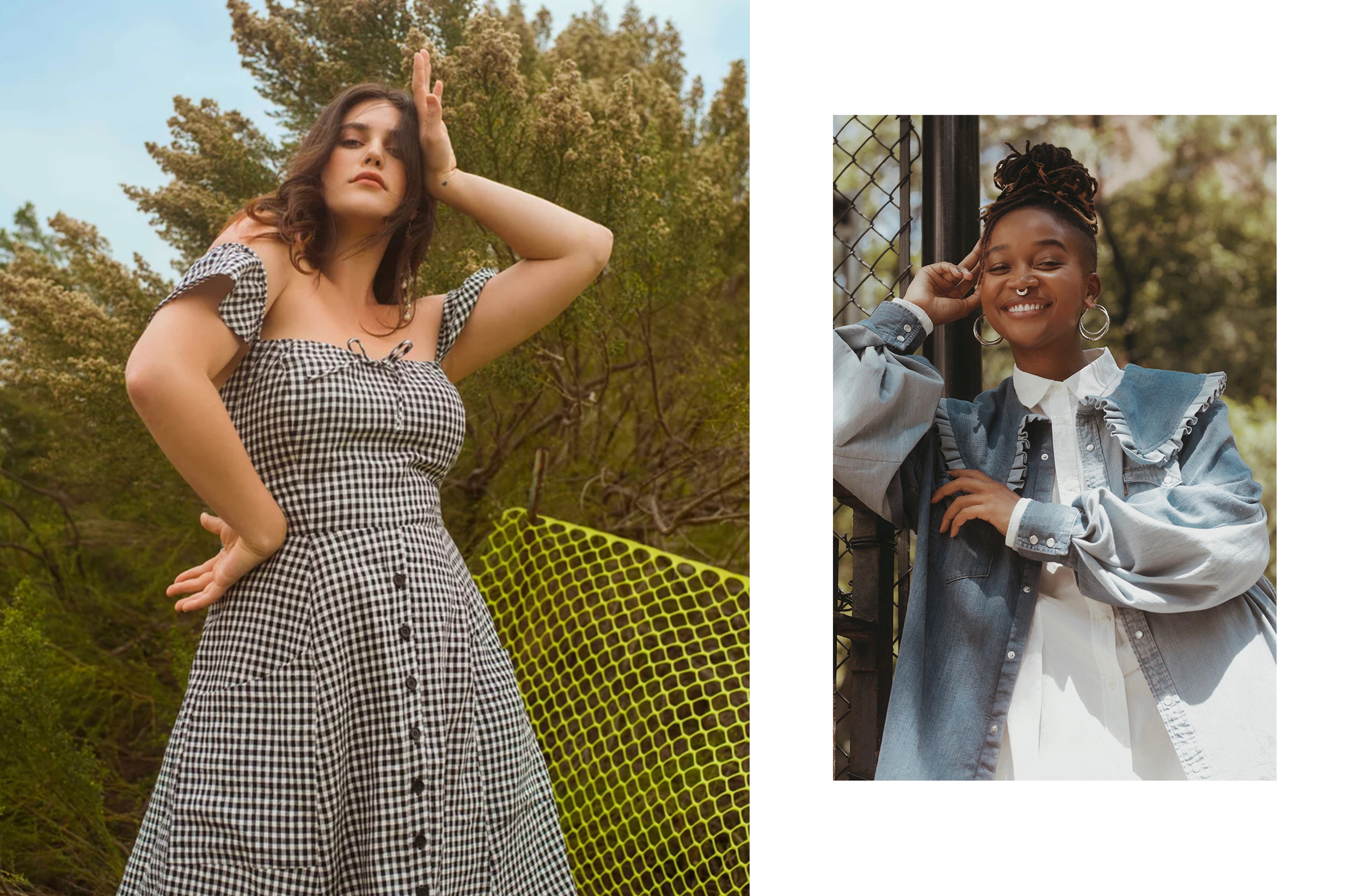Nowadays, reports are made for anything, in any sector, and they are all important to analyze the performance of a given activity. I have the impression, however, that these reports have become mandatory overtime for certain tasks (I am thinking for example of social media), but, at the same time, I wonder: how is it possible that they are not yet mandatory to monitor the impact effect of industries, starting with fashion?
We are all here screaming the need for change in this industry, a change that MUST happen, given the many ecological and ethical issues that, unfortunately, still characterize the fashion industry. News of greenwashing, unfair practices, and absent labor regulations are almost the order of the day, while those related to a brand that has published a sustainability report are sporadic. Yet, when you introduce sustainable practices into your reality, you should be able to realize it and share the results obtained with everyone: “This company has implemented this practice to reduce water consumption by so much already within 3 years”, and where is the evidence? “This brand has found a way to use unsold goods instead of throwing everything in landfills or burning it”, and who can assure us of that?
In a world where “transparency” and “availability of information” are the order of the day, fashion is still struggling to open up. And no, comments like “it’s an industry that’s always been secretive” are no longer valid in 2024, at least not when it comes to sustainability. There is a need for real regulation to make these reports mandatory for everyone (regardless of size, luxury, fast fashion, etc.), very useful tools in monitoring the trend of the fashion sector, to understand where we have come and how far we still have to go, identifying real needs and unmasking those who are guilty of spreading false information in an attempt to be greener. Doing good, and doing it well, is no longer an option: it is a duty, towards the planet, our generation, and future generations.
What is a sustainability report and why fashion should use this tool

A sustainability report is a document that contains information on the environmental, social, and economic impact (in both positive and negative terms) of the organization/activity that draws it up, also providing an overview of its strategy and next steps/objectives in terms of sustainability. To date, it is a document that is prepared voluntarily and there are no shared or regulated guidelines for fashion on how to prepare it to be complete, reliable, and understandable. The publication of this report allows the various stakeholders, customers, and the general public to stay up-to-date on the trend, in terms of sustainability, of a given company, thus creating a precedent of transparency and ethical and environmental responsibility that, over time, leads to the establishment of a relationship of trust with a given reality. The reason why it should be mandatory is not only to state how a brand cares about its environmental and social responsibilities, but it is also essential to avoid actions such as greenwashing and to set a positive example for other companies in the sector.
In this way, brands can concretely demonstrate what they have done to be greener as a company, bringing examples and useful data not only to insiders but to customers themselves, who see in such a choice the desire to make a difference. This report, for ease of use, can be shared online, via social media, on the websites of companies, or sector publications to explain the problems, how they have been addressed, the next steps, to demonstrate how raw materials are used or where the garments/accessories are produced, to demonstrate that you care about the working conditions of employees in every part of the world, the production process that has been followed, the use of energy, compliance with government regulations, and so on: everything that can be sustainable is contained in a practical and useful tool that keeps track of progress, actions and results obtained or not obtained to evaluate the environmental, social, and economic performance of a given reality.
What can’t be missing in a sustainability report for fashion

If the risk of greenwashing is always around the corner, in order not to fall into the trap you need to be honest, transparent, serious, and accurate in the information you share, also making available the sources, data, and analysis processes necessary to arrive at a certain claim. When writing such a work, it is necessary to:
- Organize all the available information, deciding how to present the various elements, in what order, and according to which storytelling
- Collect data in a comprehensive and relevant way through the use of internal and external sources
- Analyze the above data for a precise assessment of the trend of the various elements that will then be included in the report
- Present the results in a clear and accessible way to the various report users
Therefore, there must be an accurate presentation of the brand and its strategy in terms of sustainability, the actual data to evaluate the various performances, and the reference considerations/analyses that must be precise and clear to avoid the emergence of any doubt.
Examples of Sustainability Reports in Fashion

One of the most comprehensive and interesting works is the one provided by Fashion Revolution, which annually presents the Fashion Transparency Index sharing information on the main fashion brands related to their environmental and social practices and impacts. It is perhaps one of the most realistic, clear, and accessible models to truly understand where we are in terms of sustainability in fashion. Then there are the reports provided by their brands: for example, Vestiaire Collective provides a complete and interesting annual Impact Report, as well as Business of Fashion, which offers (for a fee) a precise analysis similar in structure and objectives to that of Fashion Revolution and is particularly useful to industry insiders.
Other examples of big names sharing accountability reports include the Moncler, Armani, Kering, and LVMH groups. Two of the most useful and well-drafted examples, in my opinion, are Reformation‘s sustainability report, made available quarterly and broken down into topics such as people, planet, products, and progress, and those of Ganni, who is currently engaged in a sustainable strategy called “GAMEPLAN 2.0” to achieve a series of goals by 2025. What I love about Ganni is the honest and easy-going way in which the information is presented, without hiding the difficulties that have been overcome to achieve a certain goal. These are all useful examples to remind us how transparency in sustainability always pays off. Not so much in economic terms, but in terms of improvements and the belief that yes, change for the better is possible: after all, we all need a little hope.





